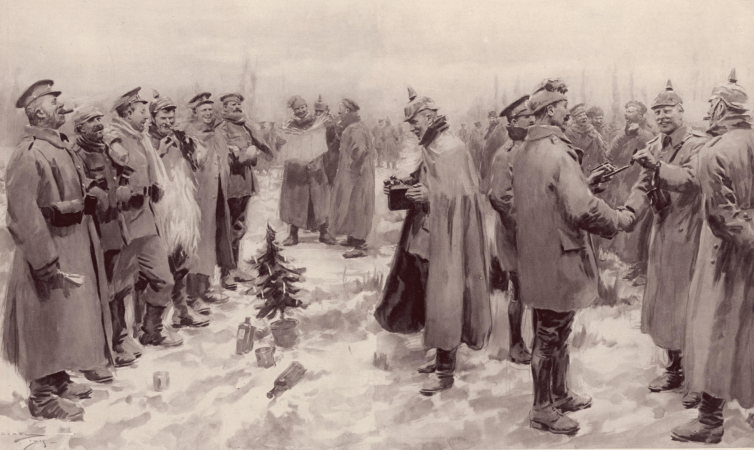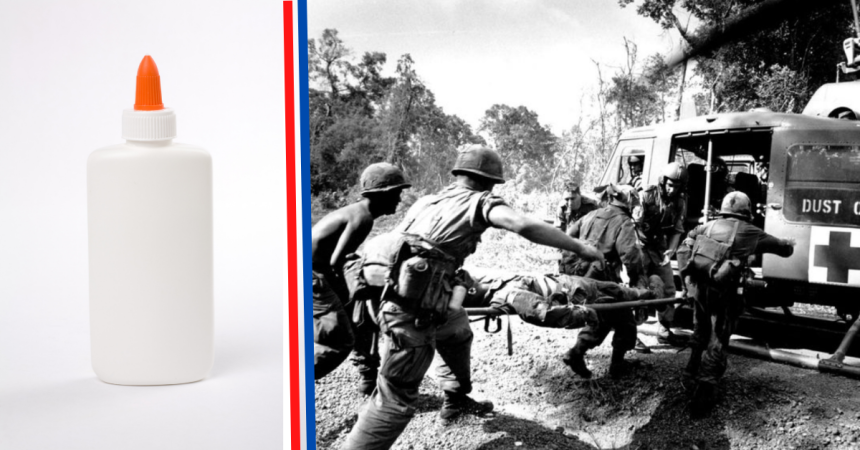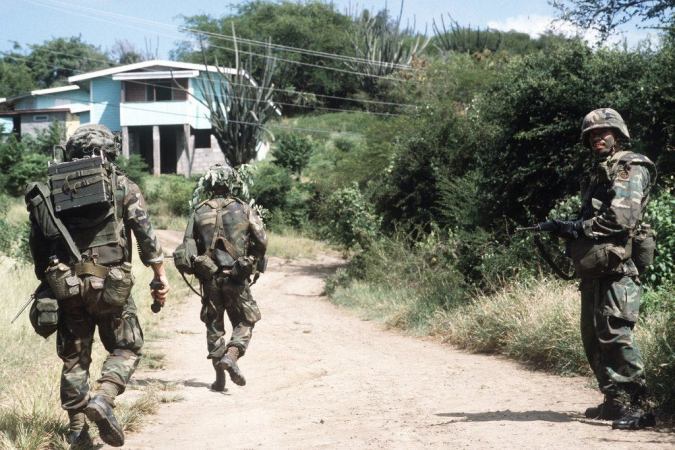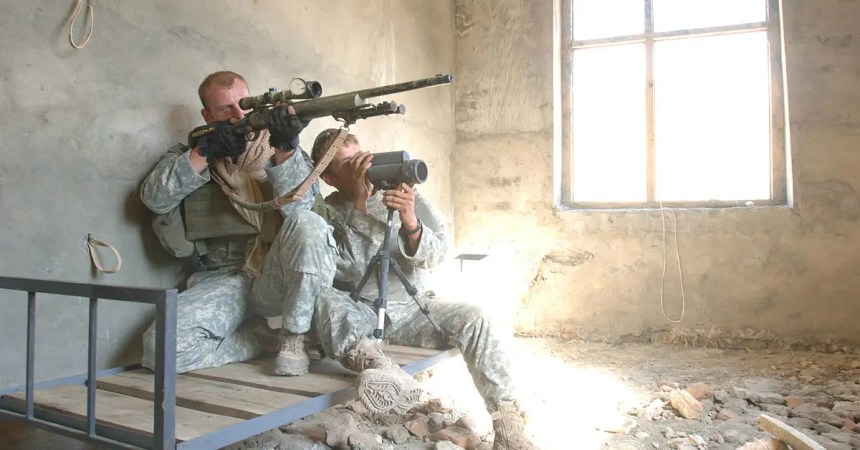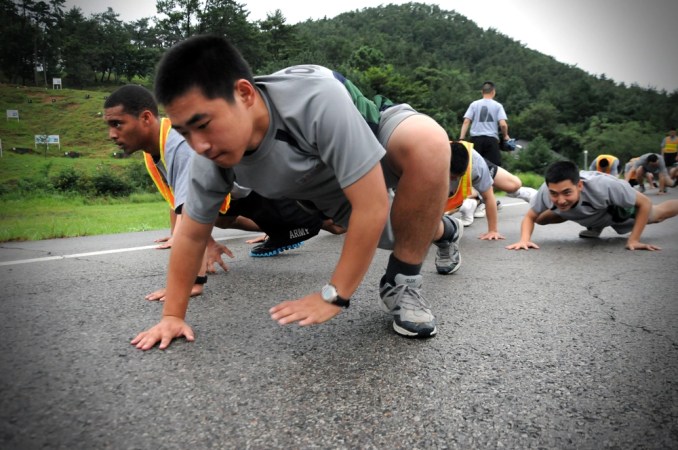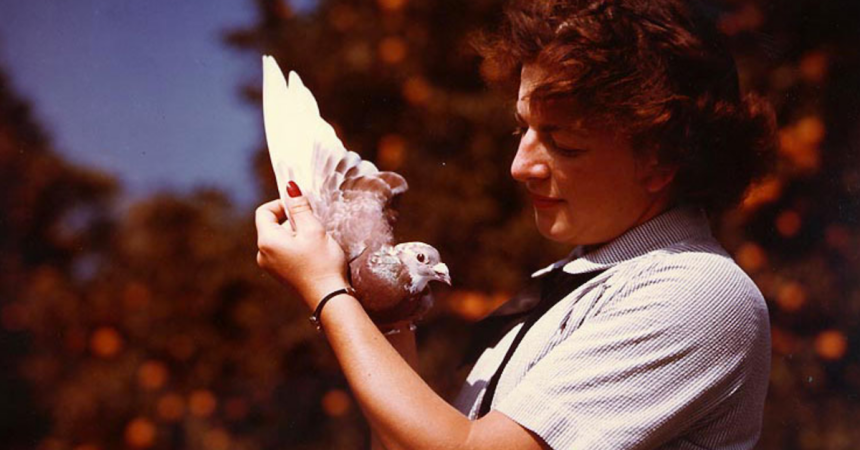A video filmed in 2016 of a drill sergeant calling out cadence to a platoon of Army recruits is making waves on social media. In the video, Drill Sergeant (Staff Sergeant) Michael DePalo, a native of Sibley, Louisiana, leads a platoon of recruits as they make their way in formation to the dining facility at Fort Jackson, South Carolina.
Set to a catchy beat provided by The Kiffness, SSgt. DePalo’s cadence is as much a telling portrait of what American service members experience when they head off for basic training as it is a reminder of their sacrifices. Drill Sergeant DePalo’s cadence reminds us that there’s a world outside of the military and its one that’s hoping for their safety and praying for their return.
Cadence is the beat or measure of rhythmical activity. It’s been a part of American military formations since the Revolutionary War, when it helped keep muskets ready to be fired. The Army uses cadence to keep its Soldiers stepping in time. The caller, usually a Drill Sergeant, leads the formation with a melody. In turn, the Army’s newest soon-to-be Soldiers learn several things. One, it teaches them that every time a person starts a verse, their left foot needs to hit the ground. Secondly, as anyone who’s ever served will attest, cadence can get you through some tough times.
In the video, Drill Sergeant DePalo is shown calling out a set of unique lyrics.
I left my home/to join the Army
The day I left/My momma cried/She thought that I/Would surely die
I left my son/playing in the yard/seeing Daddy leave/made him cry so hard

The History of Cadence
Cadence started out as a way to ensure muskets were ready to be fired but the practice has evolved to be so much more. The military tradition of a call and return got its footing in 1944 at Fort Slocum, New York. Private Willie Duckworth sang out the first-recorded rendition of “Sound-Off.” Army records show that Duckworth’s platoon responded positively to the “Sound-Off.” That sparked the interest from post Commander, Col. Bernard Lentz. In turn, Duckworth, Lentz, and other instructors helped create a series of verses that the military community now knows and loves.
Drill Sergeants serve such an integral role in the shaping and forming of recruits into service members. So much so that most service members, no matter how long ago they served, can still recall the cadences they sang and what their Drill Sergeants sounded like while calling them out.
A somber trumpet plays during the cadence interlude and the screen showcases a quote from British novelist, G.K. Chesterton.
The true soldier fights not because he hates what is in front of him, but because he loves what is behind him
Fond Rememberances
The comment section of the video includes scores of former service members recalling their time calling cadence with fondness. Over fifty thousand people have liked the video on YouTube and there are over three thousand comments. Most recall their appreciation for their drill sergeants and their time in service.
From users remembering their good times in the Army to other commenters reflecting on what they sacrificed, the cadence is touching and empowering at once. It serves as a reminder of how close a unit can become as they sound off, one foot in front of the next.

Related: 7 songs that will impress your unit at karaoke night





